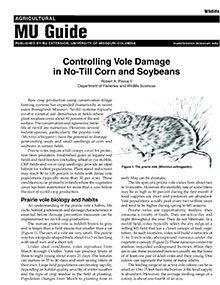

Controlling Vole Damage in No-Till Corn and Soybeans
Reviewed
Voles in no-till fields can reduce corn and soybean stands by up to 100%. Learn to identify damage and manage vole populations before planting.
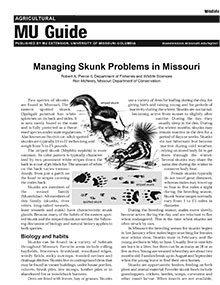
Managing Skunk Problems in Missouri
Reviewed
Striped and eastern spotted skunks inhabit diverse environments and may cause issues like lawn damage, poultry predation, and unpleasant odors.
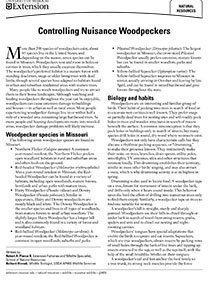
Controlling Nuisance Woodpeckers
Reviewed
Learn effective methods to prevent and control woodpecker damage to buildings, including exclusion techniques, visual repellents, and habitat modifications.
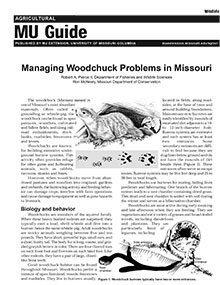

Tree Squirrels: Managing Habitat and Controlling Damage
Reviewed
Missouri is home to three species of tree squirrels. Visit our site for our Tree Squirrels: Managing Habitat and Controlling Damage guide.
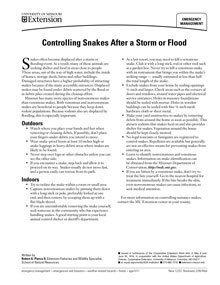
Controlling Snakes After a Storm or Flood
Reviewed
Snakes often become displaced after a storm or flooding event. As a result, many of these animals are seeking shelter and food in areas close to people. Read more to find out what to do when you encounter one.
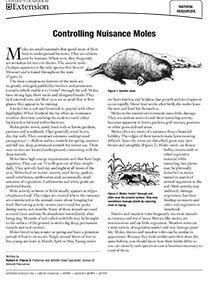
Controlling Nuisance Moles
Reviewed
Moles often are a nuisance and can harm your plants. Visit our site to learn about Controlling Nuisance Moles.
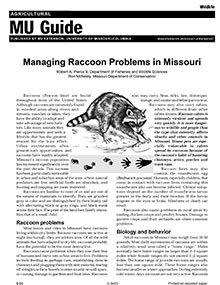
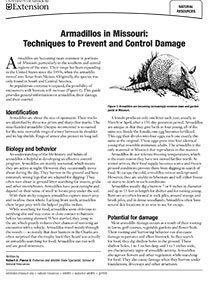
Armadillos in Missouri: Techniques to Prevent and Control Damage
Reviewed
Armadillos are becoming more common in Missouri. Visit our site for our Armadillos in Missouri: Techniques to Prevent and Control Damage resource.

Controlling Rodents After a Flood
Reviewed
Flooding displaces many rodents from their natural habitat. As a result, these animals are seeking areas that can provide food and shelter, such as homes, sheds, barns and other buildings.
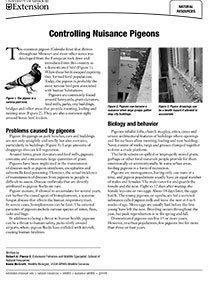
Controlling Nuisance Pigeons
Reviewed
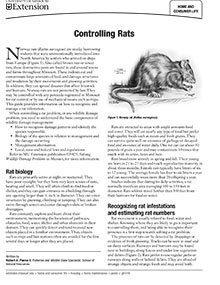
Controlling Rats
Reviewed
Norway rats are stocky burrowing rodents that were unintentionally introduced into North America by settlers who arrived on ships from Europe. Also called brown rats or sewer rats, these destructive pests are found in and around towns and farms throughout Missouri. This guide provides information on how to recognize and manage a rat infestation.

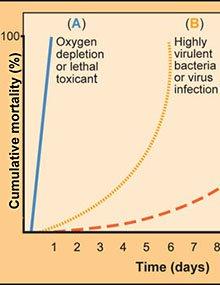
Collection and Submission of Samples for Fish-Kill Investigation and Toxic-Substance Analysis
Reviewed
Fish kills occur in natural and cultured populations. They can be due to disease, poor water quality or a toxic substance. Fish kills represent emergencies, and producers must be prepared for them in advance. Learn more in this guide.
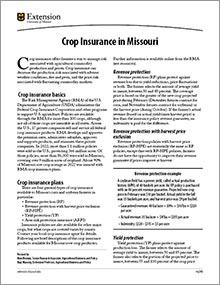
Crop Insurance in Missouri
Revised
Learn four types of crop insurance that can manage corn, soybean and other row crop risk. Read about units you can insure and the premium cost for a policy.
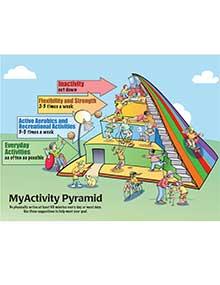
MyActivity Pyramid for Kids (Bundle of 25)
Revised $12
Encourage kids to be active daily with fun ideas for aerobic, muscle-strengthening, and lifestyle activities—plus tips to reduce screen time.

MyPlate Poster
Revised $34
Editor's note
The following abstract describes a publication that is available for purchase or as a downloadable PDF.
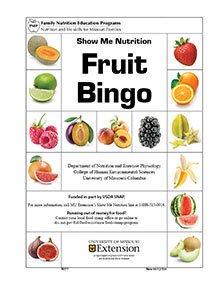
Fruit Bingo Cards
Revised $13
Editor's note
The following abstract describes a publication that is only available for purchase.
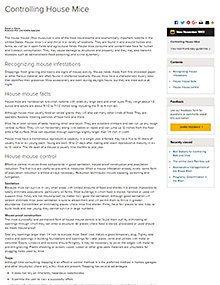
Controlling House Mice
Reviewed
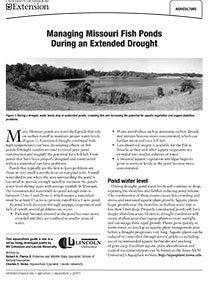
Managing Missouri Fish Ponds During an Extended Drought
Reviewed
This aquaculture and fisheries guide is one in a series being developed jointly by MU Extension and Lincoln University.
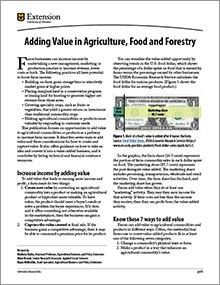
Adding Value in Agriculture, Food and Forestry
Reviewed
See 7 ways to add value to farm commodities or products, and learn how to turn a value-added agriculture idea into a business that can increase farm income.
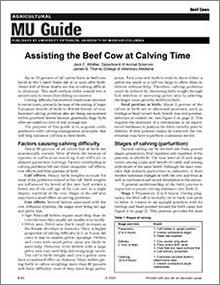
Assisting the Beef Cow at Calving Time
Reviewed
Six to 10 percent of all calves born in beef cow herds in the U.S. die at or soon after birth. About half of those deaths are due to calving difficulty (dystocia). The purpose of this guide is to acquaint cattle producers with calving management principles that will help minimize calf loss in their herds.
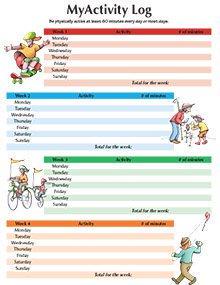
MyActivity Log for Kids (Bundle of 25)
New $15.50
Editor's note
The following abstract describes a publication that is available for purchase or as a downloadable PDF.
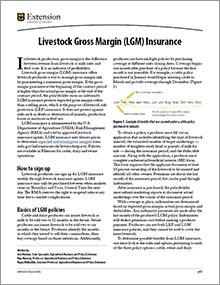
Livestock Gross Margin (LGM) Insurance
Revised
LGM insurance helps producers manage risk by guaranteeing a minimum gross margin. Learn how it works, and see cattle, swine and dairy examples in this guide.
